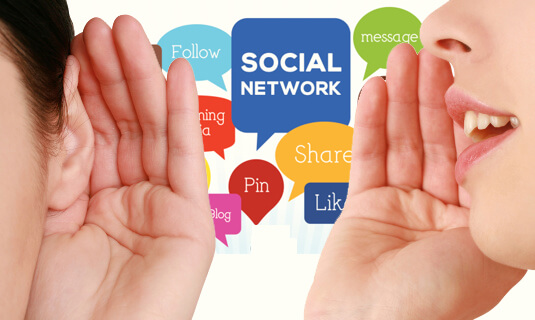How to Engage Your Audience for Maximum Effect
Mass communications channels like the Internet and social media networks enable you to present your message to hundreds or even thousands of people at a time. But as any college professor who has had to lecture over the distracting buzz of a snoring student can tell you, you can’t touch the hearts and minds of your audience if you can’t keep them listening.
You’ll know that your audience is listening if you mentally re-focus your approach by reaching out to one person at a time. When you speak as if are talking to an old friend instead of as a mass communicator you not only keep your audience awake and alert, you engage and empower – which is a vital step you can’t afford to overlook if you ever hope to win friends, influence people, and develop new customers.
Keep the 15 Second Rule in Mind
According to a study commissioned by Chartbeat, 55 percent of your visitors will spend less than 15 seconds on your website before they decide to make their exit.
Even if you assume that a quick visit just to obtain your contact information or verify your business hours might account for a portion of these brief encounters, you need to recognize that the window of opportunity to connect with and engage your visitors is very short indeed.
Tips for Keeping Your Audience Awake and Engaged
Unlike a roomful of dozing college students, bored or disengaged website visitors can simply click off your page and abandon your content unless you can find a way to command their attention, get them engaged, and whet their appetite for more.
Use examples to help readers relate to your material. You can bring even the most boring and dry topics to life with examples. Amusing or interesting anecdotes can help your readers relate to the material on an emotional level. Include compelling or shocking statistics to illustrate the key takeaway points of your message. Ask your readers a provocative question or write from the second-person perspective to help draw them into your material.
Carefully edit your content before you publish it. Don’t make your readers struggle to make sense of poorly written and disorganized copy – many will simply give up and go elsewhere. Most word processing software suites include spelling and grammar checkers that will help you breeze through your final copyediting chores. Aside from correcting grammatical errors, you’ll want to cut any unnecessary verbiage from your material.
- Are all of your words contributing to the message or are you relying on “filler” to beef up your material?
- Are you needlessly repeating yourself?
- Are you staying on topic?
Tell your story with simple and easy to understand language. Avoid using obscure terms that the average person wouldn’t understand unless you have no other way of explaining a complex topic. In this case, help your reader digest your material by explaining the term in everyday language.
Highlight the key points. Use sub-heads, bold type and bullet points to highlight your key takeaway points. You’ll help your reader comprehend and remember as well as provide a more interesting and visually pleasing flow to your material.










